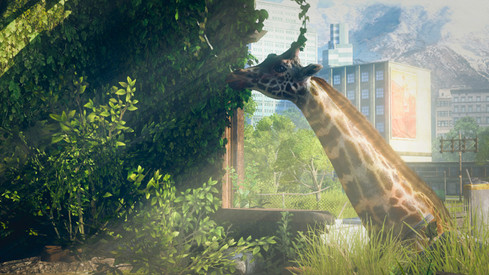The Last of Us Retrospect
- Mik Bromley
- Jun 18, 2020
- 3 min read
Updated: Jun 29, 2020

As The Last of Us Part II readies for launch tomorrow, Naughty Dog's latest blockbuster is almost upon us and I would be lying if I said I wasn't excited about it! Excited enough to have replayed the 2013 original along with its Left Behind DLC this week in fact, and that first instalment remains one of the most powerful pieces of storytelling that I have ever experienced, not just in games but in any medium. Nearly 7 years later, the incredible sense of attachment to the characters and an ending that provokes thought long after you finish playing have lost none of their potency, but I've always had a nagging doubt that it would be almost impossible to follow with a sequel.

The end of the ride...
Nonetheless, the sequel is here and, although the continuation of Ellie and Joel's stories may already be receiving critical acclaim, there's no denying that it has a lot to live up to as the deeply emotional narrative, and menacing world in which it plays out, have led to The Last of Us being held in high regard amongst character-driven titles. Of course, such credentials also bring with them an inherent interest for virtual photographers and the addition of a photo mode in the 2014 Remaster on PS4 presented a great creative opportunity that has become the source of some extremely emotive and inspiring captures.
Console photo modes have developed considerably since then though and returning to the remaster for a new batch of shots highlighted just how dated some aspects of the photo mode now feel. The subject matter is undeniably great but the implementation of the camera tools leaves something to be desired when compared to modern contemporaries, to the point where a little bit of that anxiety over whether the sequel can do the original story justice has been replaced with whether the new photo mode can do the sequel justice.
The tethered orbit camera, for example, can be restrictive of free photographic composition, although it does at least avoid the awkward stick combination of the inFAMOUS photo modes, and the menu is unnecessarily isolating. Camera movement may only be performed while on the first of 9 different menu tabs and otherwise complimentary settings are separated in a way that requires a systematic step-by-step adjustment as opposed to simultaneous tweaking.

The need to re-enable the photo mode every time you launch the game too, gives the impression of a feature that is not quite as integral to the experience as it could be but it's certainly not all bad. In fact there are some areas which still shine. The depth of field options in particular, offer precise control over the position and depth of the focused region, while creating an authentic defocus of the background and foreground areas. Several of the other setting sliders are also satisfyingly effective and even the ability to make changes while the UI is hidden, something that that lets the user concentrate on the resulting image, is a facilitating feature that many more recent offerings still lack.

what comes next...
The imminent sequel then, not only represents the chance to carry on the game's heart wrenching story and to see some beloved characters return with magnificent visual fidelity, but it's also a chance for the studio to acknowledge the growth of virtual photography and the creativity that it has unearthed amongst players. The Last of Us Part II has the potential to be another memorable milestone in gaming history and, with a modern photo mode refresh and some better thought into the usability of the camera tools, virtual photographers could well help that legacy last even longer.
Let me know your thoughts on anything about The Last of Us in the comments below, thanks for reading.
Mik
Subscribe to the fortnightly newsletter for all the latest features from TheFourthFocus.com






















Comentarios